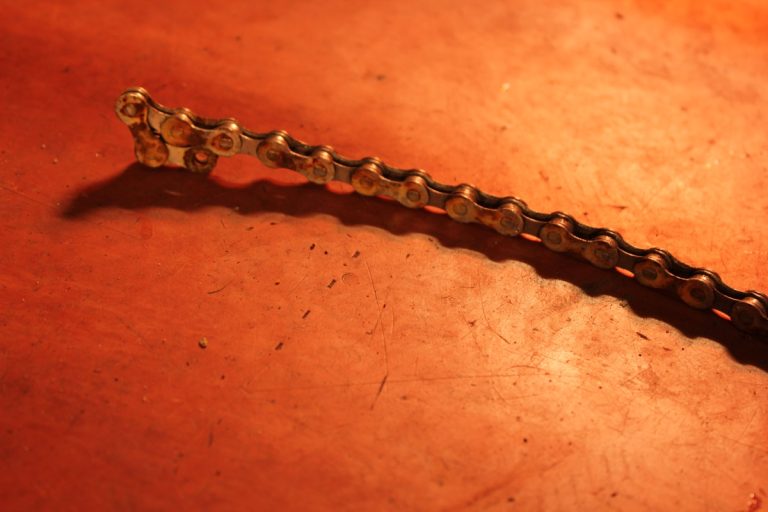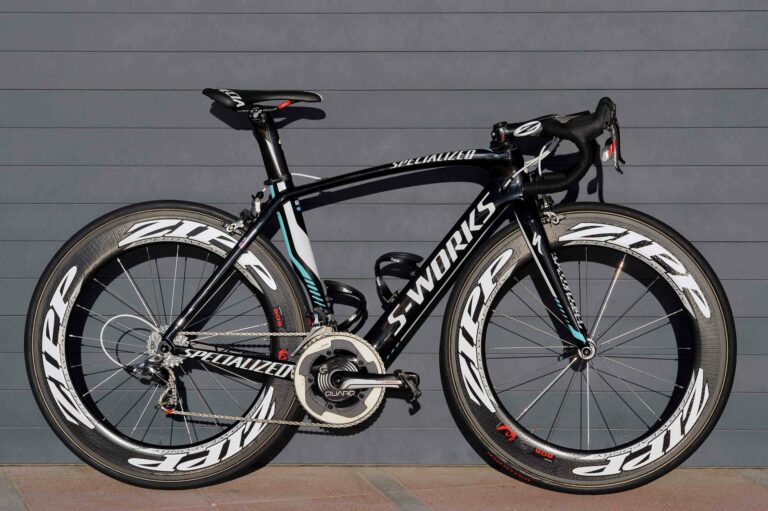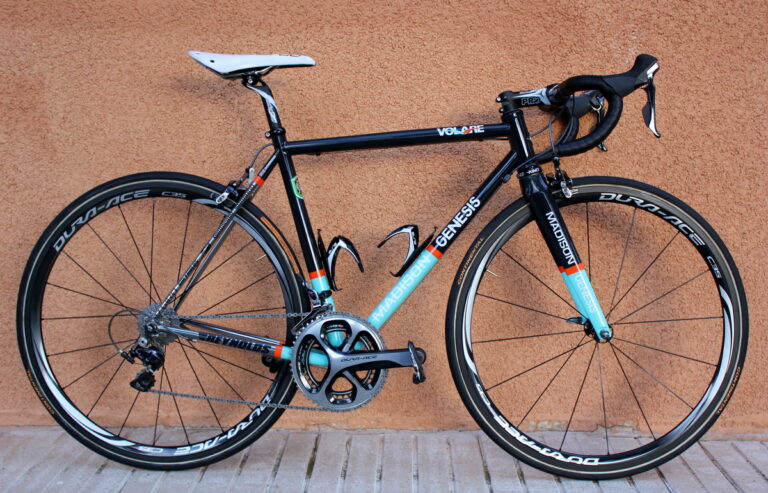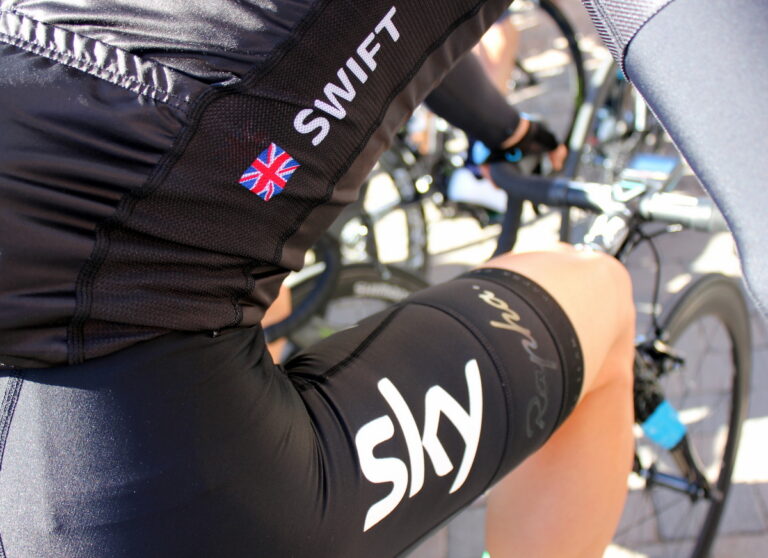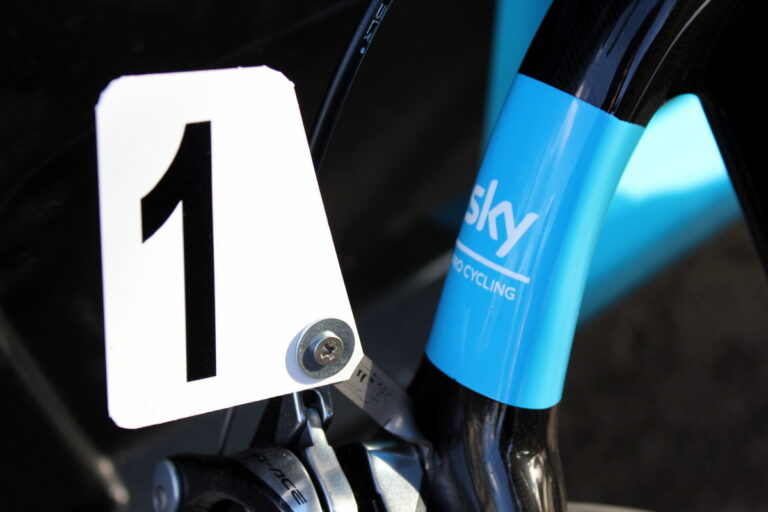The second of our test bikes for January is the Trek Domane 2.3.
Released last year to much fanfare, the Domane includes an “IsoSpeed” de-coupling device: a pivot between top tube and seat tube to introduce a degree of flex and, with it, comfort.
It’s realised on Trek’s aluminium offerings by the welding of two tubes, raising concerns over fatigue. Trek’s confidence in the design is probably best expressed in the lifetime warranty that accompanies it.
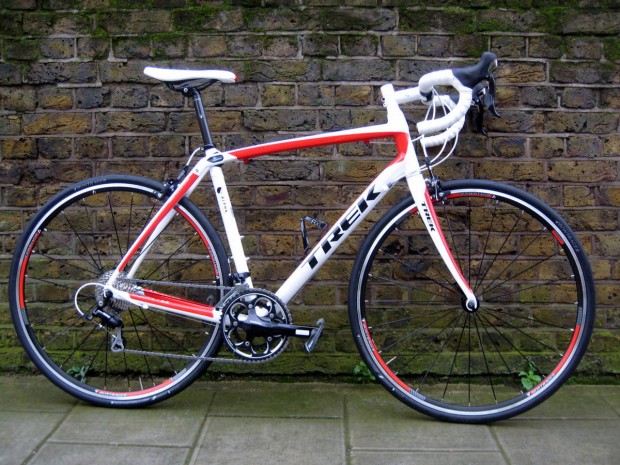
Fabian Cancellara (RadioShack-Nissan-Trek), widely considered one of the best Classics riders of his generation, twice a winner at Paris-Roubaix, and with victories at the Ronde Van Vlaanderen and Milan-San Remo on his palmares, was one of the Domane’s key architects, and even rides it in Grand Tours in preference to Trek’s Madone 7.
While the amount of compliance from the IsoSpeed device is less on the aluminium models than the upscale carbon offerings, friends in the industry have reported favourably on the amount of movement and comfort offered by the 2 series Domane. It’s the feature we’re most looking forward to experiencing.
Having dealt with the key feature, we’ll take a look at the specifics.
The chassis is formed from a frame fashioned from Trek’s proprietary Alpha 200 series aluminium, the higher of their two offerings.
While increasing numbers of aluminium frames have smooth welding for a carbon-like appearance (the Boardman Race, for example) the Domane’s welds are fairly obvious, perhaps leaving room in the budget to be spent elsewhere in the spec.
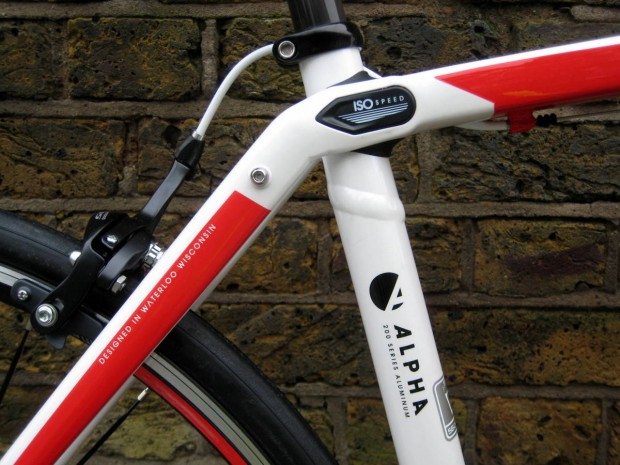
Our 56cm test bike has a 73.3 degree seat tube and a very relaxed 71.9 degree head angle: key ingredients in the Domane’s identity as an ‘endurance’ bike. It’s worth noting that the geometry is the same throughout the range, meaning the flagship 6.9 has the same angles. While our 2.3 will be heavier, we’re not expecting it to be sluggish.
The fork has carbon blades, equipped with rearward facing dropouts, claimed to increase compliance, and an aluminium steerer, the latter with a 1-1/8” diameter at top and bottom; unusual among contemporary offerings, which taper to accomodate a larger lower bearing for increased stiffness at the union of headtube and fork crown – a trend begun with carbon but seen more recently on aluminium bikes (the Cube Peloton Race and Kinesis Racelight TK3, for example). We’ll be interested to see if the smaller bearing has an effect on the stiffness at the front end of our the Domane 2.3. Significantly for the season, the fork (and seatstays) contains subtle mudguard mounts, elegantly integrated.
Several other design trends typical of upscale carbon frames are present on the Domane 2.3, most notably the press fit bottom bracket: the first aluminium frame we’ll have tested on an aluminium frame. Although it isn’t accompanied by the massive shell typically found on carbon offerings (such a design would add unnecessary weight to an aluminium frame), among them Trek’s own Madone, it lends the Domane an extremely neat appearance in this area.
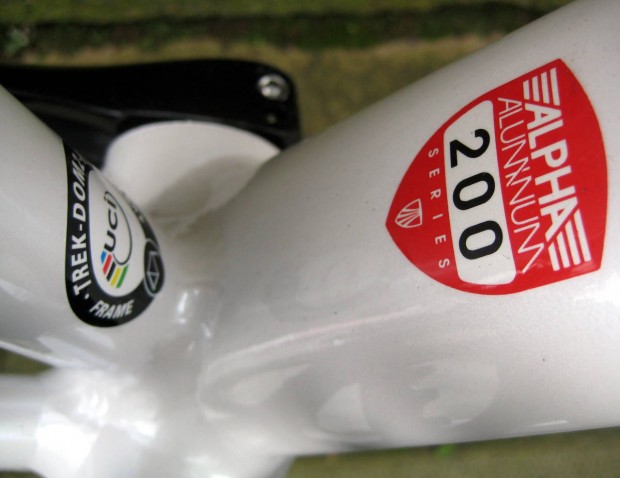
Other devices from carbon frames found here include the flattened top tube (box section on the Domane and measuring 4.5cm across at its junctions with headtube and IsoSpeed de-coupler), an oversized downtube that broadens to its union with the bottom bracket, where the greatest forces are likely to be exerted, and flattened seat stays, which attach to the toptube rather than the seattube to accommodate the IsoSpeed device.
Shifting and braking are from Shimano’s third-from-top 105 groupset; one we hold in high regard. Trek have deviated from a full deployment of 105 at the chainset, which is an R565. We’ll let you know how it performs.
The finishing kit comes from Bontrager, the company formed by mountain bike pioneer Keith Bontrager and a Trek subsidiary for many years. The handlebar is an oversized 31.8mm offering, allowing the manufacturer to use thinner gauge, and so lighter, tubing; the stem is one that accommodates this greater diameter. The seatpost is carbon, a welcome addition, and the saddle is a Bontrager Affinity 1, surprisingly one with steel rails, typically heavier, and more susceptible to corrosion than aluminium equivalents.
The Domane 2.3 rolls on “Bontrager approved” aluminium rims, laced radially in the front and in a three-cross pattern at both sides of the rear. They’re shod with smoothly profiled Bontrager Race tyres, whose 25c profile is perhaps a further indication of the Domane’s accent on comfort.
We’ll be out and about on the Trek Domane 2.3 in the weeks ahead and will report back with a full review.
Trek

